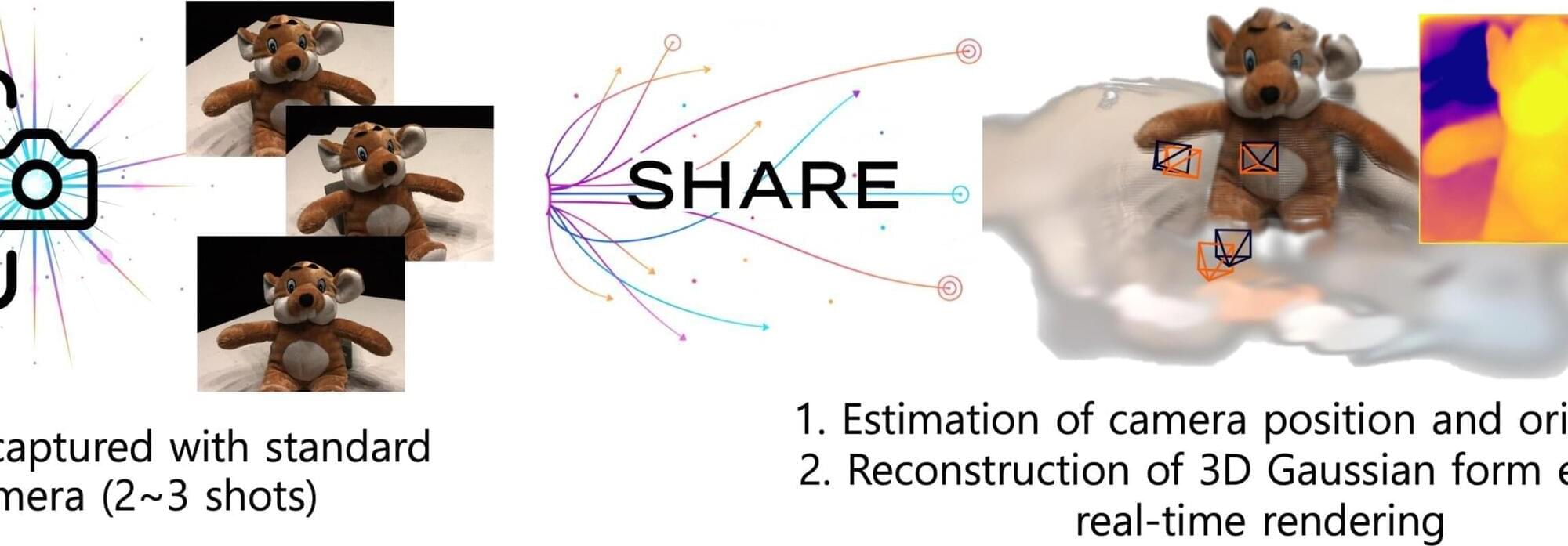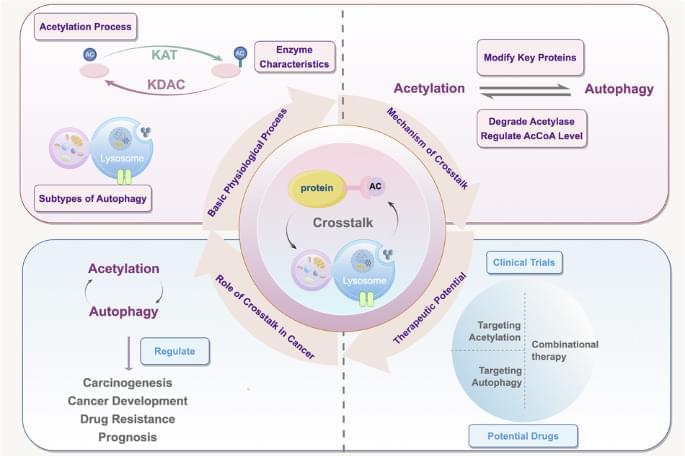A new software enables brain simulations which both imitate the processes in the brain in detail and can solve challenging cognitive tasks. The program was developed by a research team at the Cluster of Excellence “Machine Learning: New Perspectives for Science” at the University of Tübingen. The software thus forms the basis for a new generation of brain simulations which allow deeper insights into the functioning and performance of the brain. The Tübingen researchers’ paper has been published in the journal Nature Methods.
For decades, researchers have been trying to create computer models of the brain in order to increase understanding of the organ and the processes that take place there. Using mathematical methods, they have simulated the behavior and interaction of nerve cells and their compounds.
However, previous models had significant weaknesses: They were either based on oversimplified neuron models and therefore strayed significantly from biological reality, or they depicted the biophysical processes within cells in detail, but were incapable of carrying out similar tasks to the brain.









